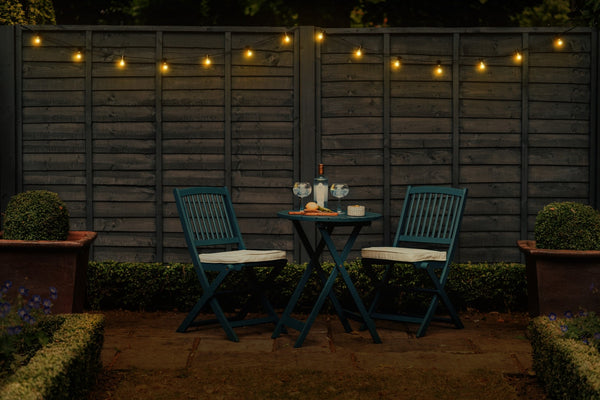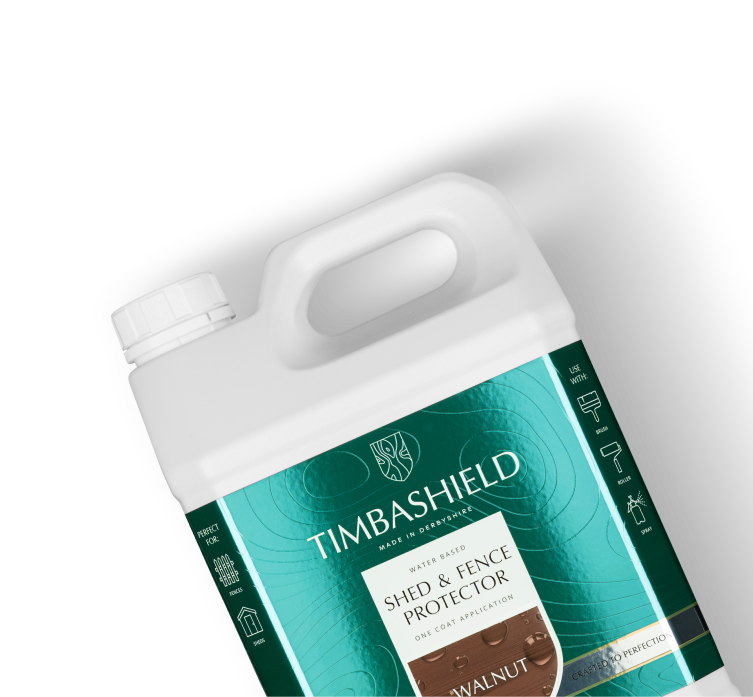
Have you ever applied a wood stain, expecting one result, only to be surprised by a completely different outcome? You're not alone.
The way wood absorbs colour is a complex process influenced by various factors. This article will explore the science behind wood staining and help you understand why results can vary.
The Structure of Wood
Cellular Composition - Wood is composed of countless tiny cells, each with its own structure and properties. These cells play a crucial role in how wood absorbs and retains stains.
Grain Patterns - The direction and density of wood grain significantly impact stain absorption. Denser areas absorb less stain, while more porous sections soak up more colour. This is particularly relevant for garden structures, where rough-sawn wood, often used for fencing, absorbs more stain, and thus appears darker. In contrast, smoother, planed wood, commonly used for garden furniture, absorbs less and results in a lighter shade.
Factors Affecting Stain Absorption
Wood Species - Different types of wood have varying levels of density and porosity, which directly influence how they absorb stains. For example, pine is highly absorbent and prone to blotchiness, making it darker. Oak, with its open-grain structure, accepts stains well. On the other hand, maple, being dense and less absorbent, often requires pre-treatment. This distinction is crucial when choosing Timbashield products for different garden applications.
Wood Age and Condition - Newer wood tends to absorb stains differently than older, weathered wood. Additionally, any previous treatments or finishes can affect the end results. For example, older wood may have a more porous structure due to weathering, making it absorb more stain.
Moisture Content - The amount of moisture in the wood can impact how readily it accepts stains. Overly dry or damp wood may produce unexpected results. It's essential to check the moisture content, especially in outdoor garden projects where exposure to the elements is a factor.
Sanding and Preparation - The level of sanding and overall preparation of the wood surface plays a significant role in stain absorption. A smoother surface generally accepts stains more evenly. This step is particularly important for garden furniture, where a more refined finish is often desired.
The Chemistry of Wood Stains
Types of Stains - There are several types of stains, including oil-based stains and water-based stains. Each type interacts differently with wood fibres, leading to varied results. For outdoor projects, water-based stains like Timbashield's are often recommended due to their durability and environmental benefits.
Pigments vs. Dyes - Stains can contain pigments, dyes, or a combination of both. Pigments sit on the surface and in wood pores, providing UV resistance and lasting colour. Dyes, while brighter, penetrate deeper but can fade quicker in sunlight. Timbashield products use high-quality pigments that offer excellent UV resistance, making them ideal for long-lasting outdoor protection.
Why Stain Results Can Vary
Inconsistent Wood Density - Even within the same piece of wood, density can vary, leading to uneven absorption and colouration. This is especially true for rough-sawn wood, which can have more irregularities than smooth-planed wood.
Previous Treatments - Any prior finishes, sealers, or chemical treatments can affect how the new stain is absorbed. For instance, a previously sealed fence may require stripping or sanding before applying a new coat of Timbashield stain.
Application Technique - The method used to apply the stain (brush, rag, spray) and the duration it's left on before wiping can impact the final colour. For example, brushing tends to push the stain deeper into rough-sawn wood, enhancing its darkening effect.
Environmental Factors - Temperature and humidity during application can influence how the wood dries and absorbs the stain. It's advisable to avoid staining during extremely humid or cold conditions, as these can prolong drying times and affect the durability of the finish.
Tips for Consistent Staining Results
Always test on a scrap piece of the same wood to achieve more consistent staining results. Properly prepare the wood surface and control environmental conditions when possible. Use pre-stain wood conditioners on blotch-prone woods and follow the manufacturer's instructions carefully.
Final Thoughts
Understanding how wood absorbs colour is key to achieving the desired results in your woodworking projects. By considering the various factors that influence stain absorption, you can better predict outcomes and troubleshoot issues when they arise. With practice and attention to detail, you can achieve beautiful and consistent staining results on your garden wood projects.
For those looking for a versatile and high-quality finish, be sure to check out Timbashield's range of water-based stains. Additionally, if you're searching for a more traditional choice, our solvent-based Wood Protector is also an excellent choice, offering an equally high-quality finish and robust protection.
Explore Timbashield's full line of high-quality wood stains and treatments to find the perfect match for your needs. Happy staining!
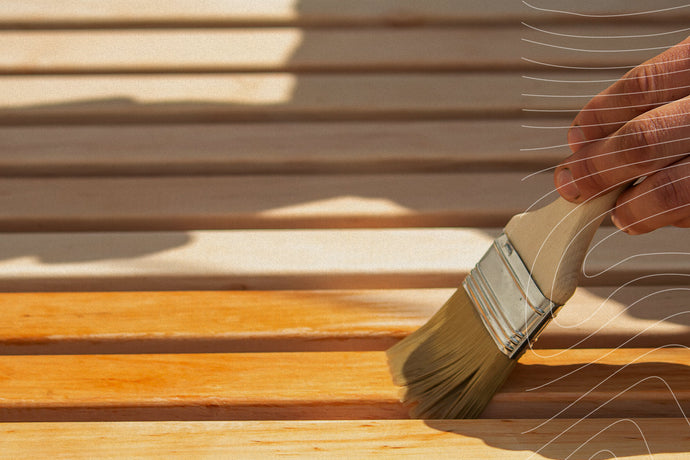
What to Do with Leftover Wood Stain: Tips for Use and Disposal
Discover smart ways to use, store, or safely dispose of leftover wood stain with our practical, eco-friendly tips.
view this post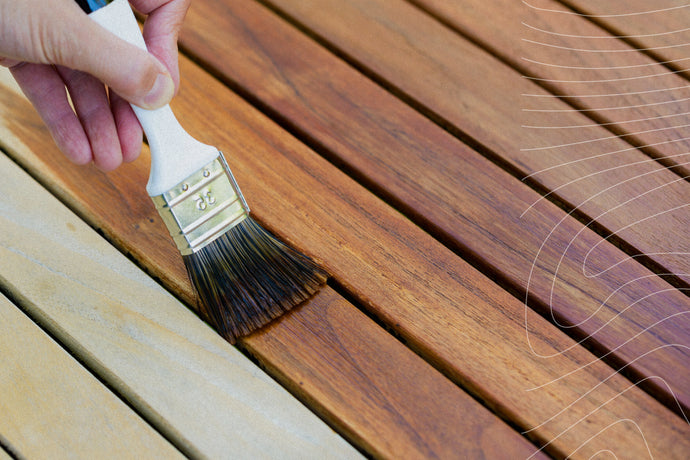
The Do’s and Don’ts of Staining Garden Furniture & Fences
Discover the essential do’s and don’ts for staining garden furniture and fences to achieve a long-lasting, professional finish.
view this post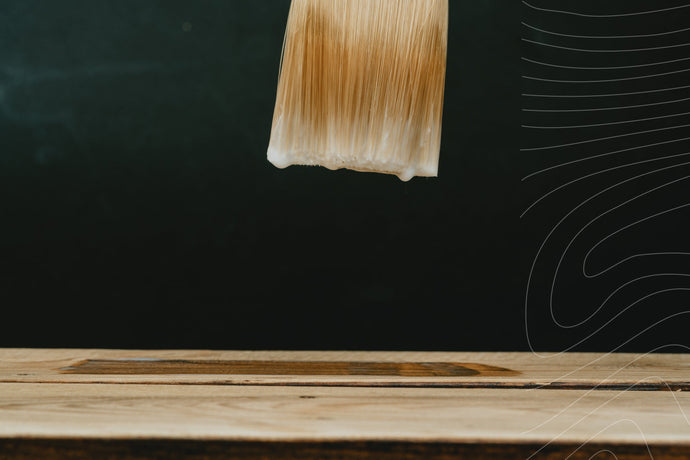
Tackling Mould & Algae: Restoring & Preserving Outdoor Wood
Restore and protect outdoor wood this spring! Learn how to tackle mould & algae and preserve wood with Timbashield’s expert tips.
view this post